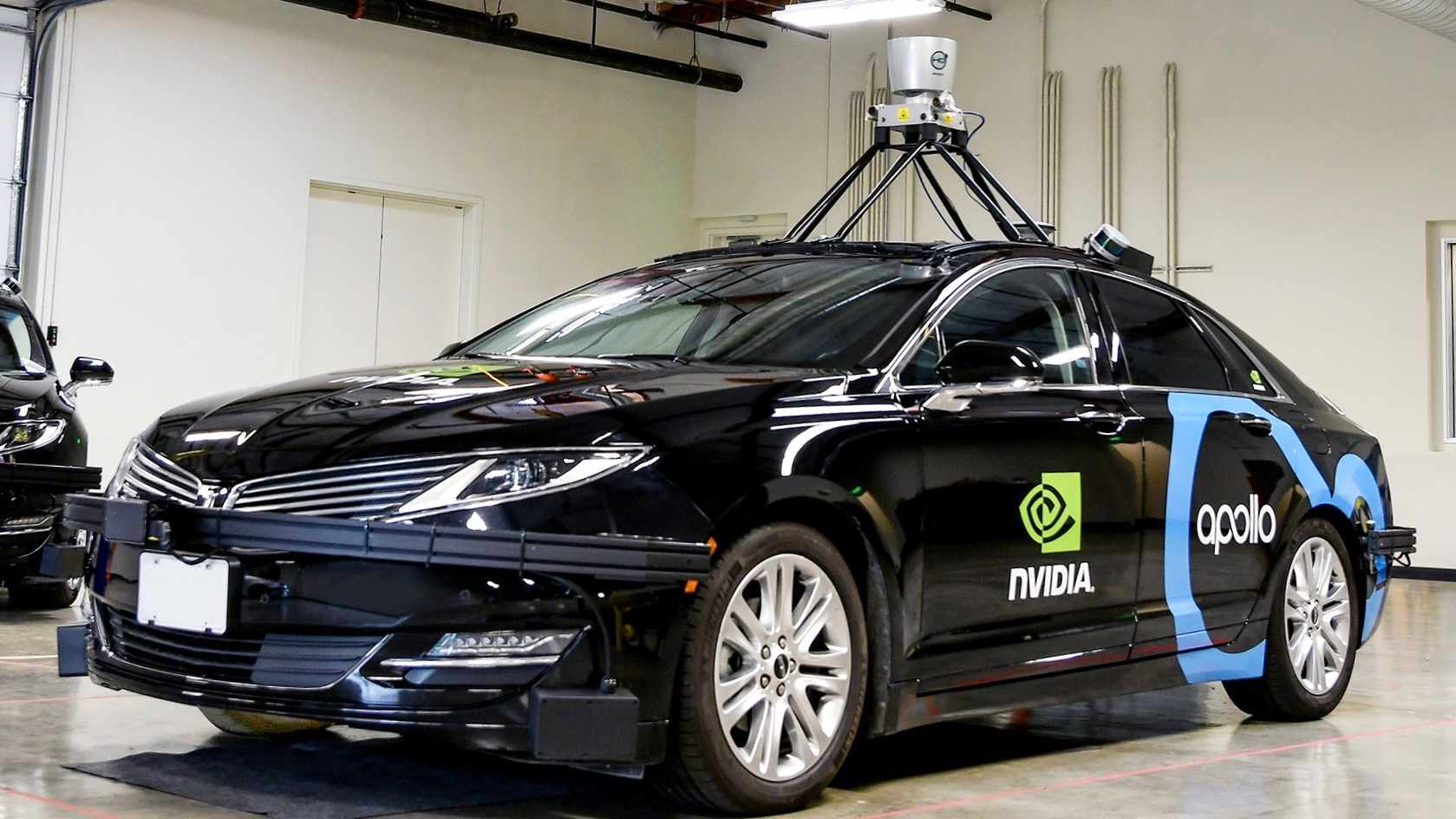

Nvidia supplies chips for Uber’s self-driving cars, but the company is now trying to distance itself from Uber in the wake of a fatal crash. During a Q&A session at the company’s GPU Technology Conference in San Jose, California, Nvidia CEO Jensen Huang emphasized that Uber develops its autonomous-driving systems on its own.
“Uber does not use Nvidia’s Drive technology,” Huang told TechCrunch and other media outlets during the session. “Uber develops their own sensing and drive technology.”
Nvidia hopes to become a major player in self-driving cars by marketing the Drive computing platform to automakers and tech companies, so it’s not surprising that Huang would want to make it clear that Drive was not used in the Uber self-driving car involved in the fatal crash. Nvidia’s efforts to avoid any hint of culpability contrast Volvo, which has been more or less silent despite the fact that the car in question was one of its XC90 SUVs, and that Uber reportedly disabled Volvo safety systems while making its own modifications.
Nvidia has suspended its U.S. self-driving car testing in response to the Uber crash. During the Q&A session, Huang said the company stopped “almost a day or two” after the crash, in which an Uber autonomous car struck pedestrian Elaine Herzberg in Tempe, Arizona. Nvidia has said it only has five or six cars testing at any given time in the U.S.
Nvidia joins Toyota in exercising caution in the wake of the Uber crash, but other companies aren’t slowing down. Waymo announced this week that it will launch a commercial autonomous ride-hailing service in Phoenix later this year. The former Google self-driving car project will also add up to 20,000 Jaguar I-Pace electric SUVs to its fleet.